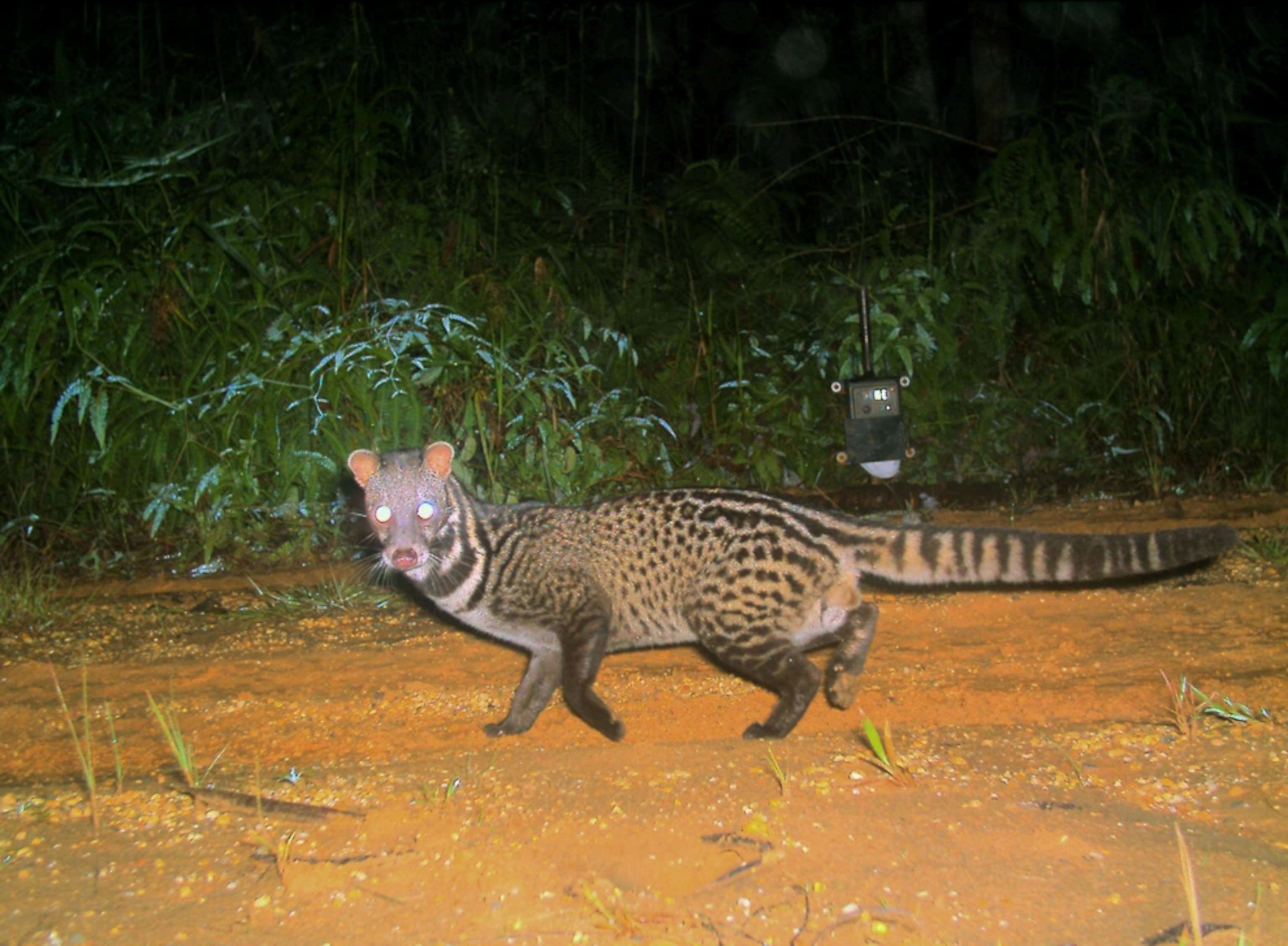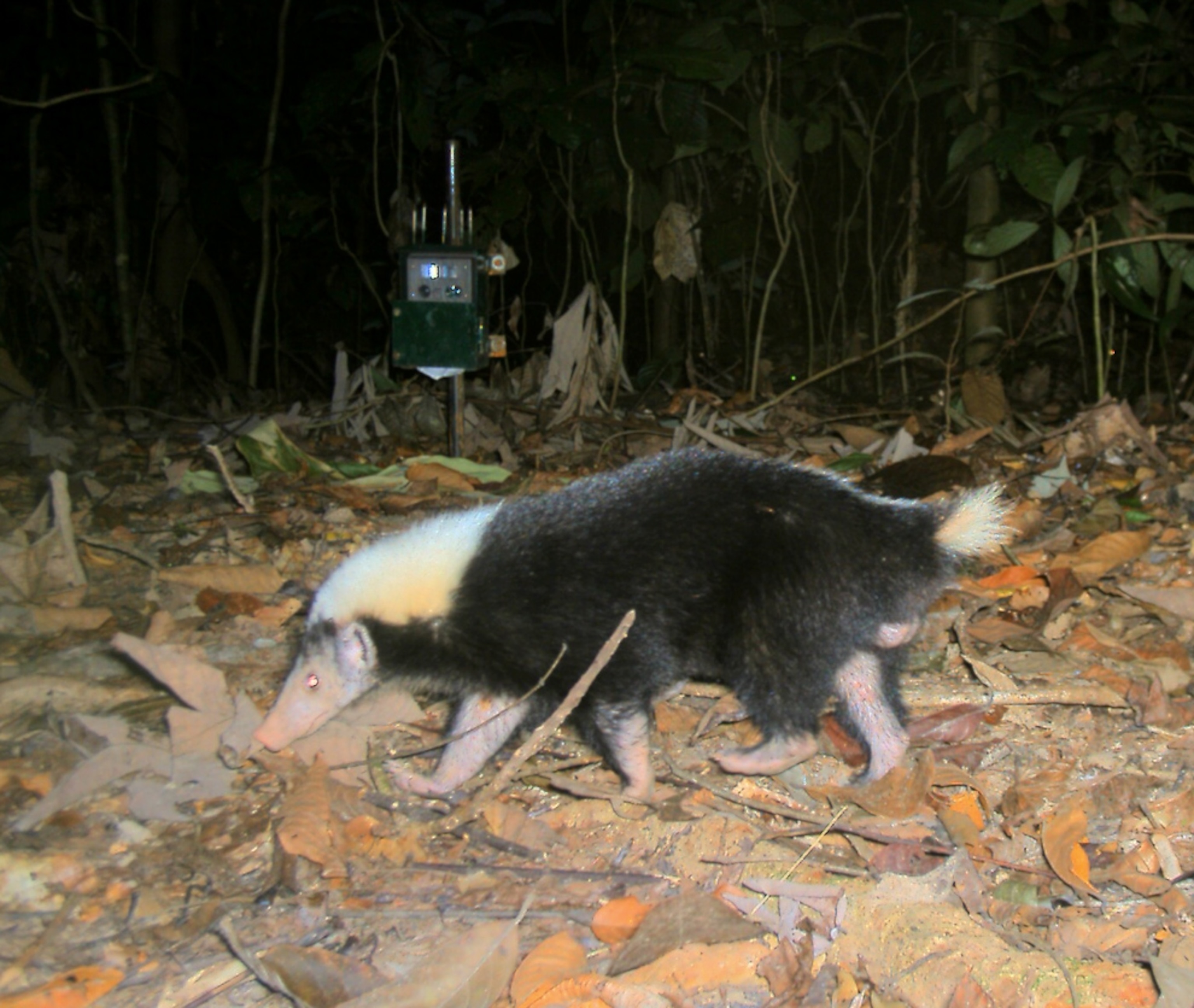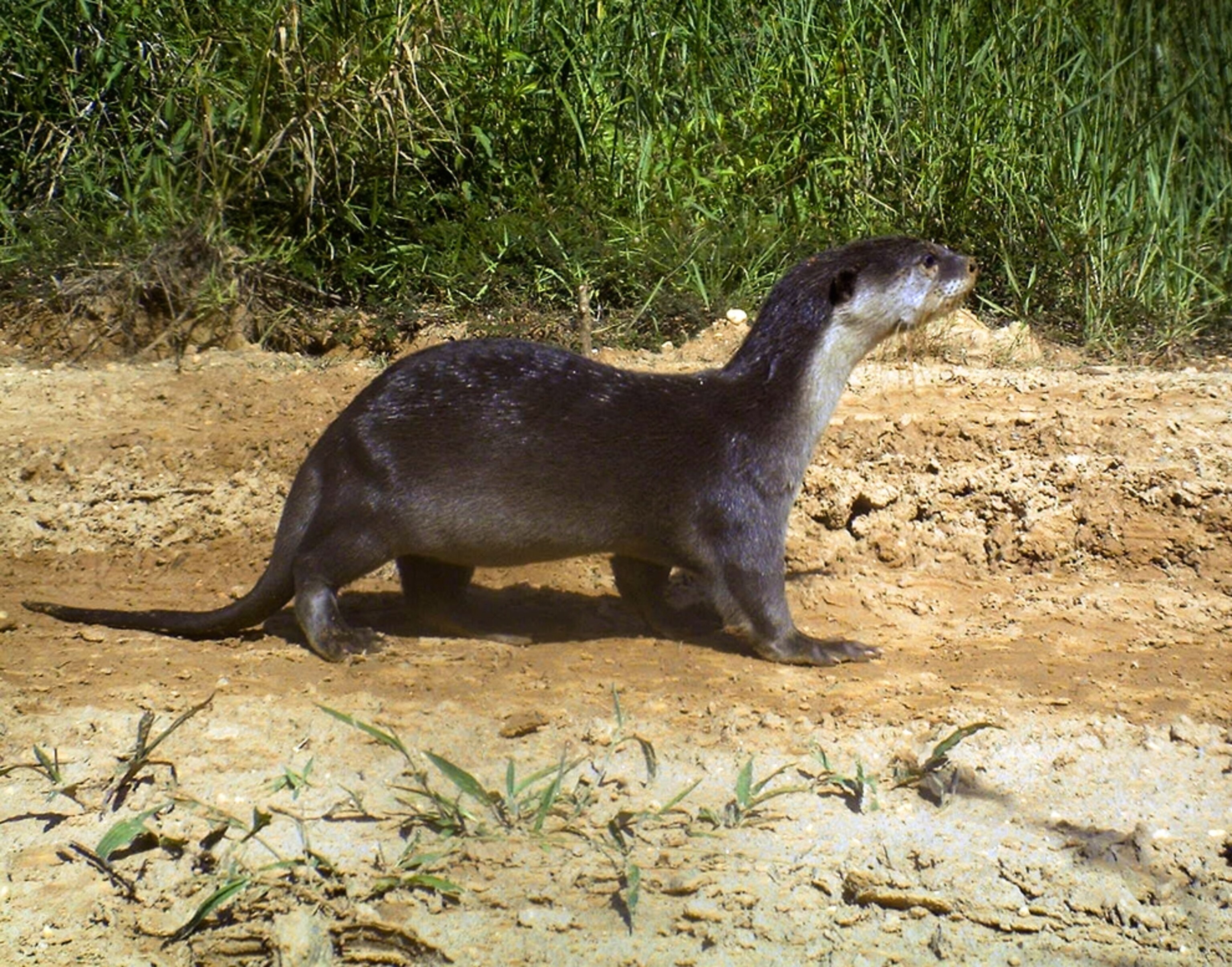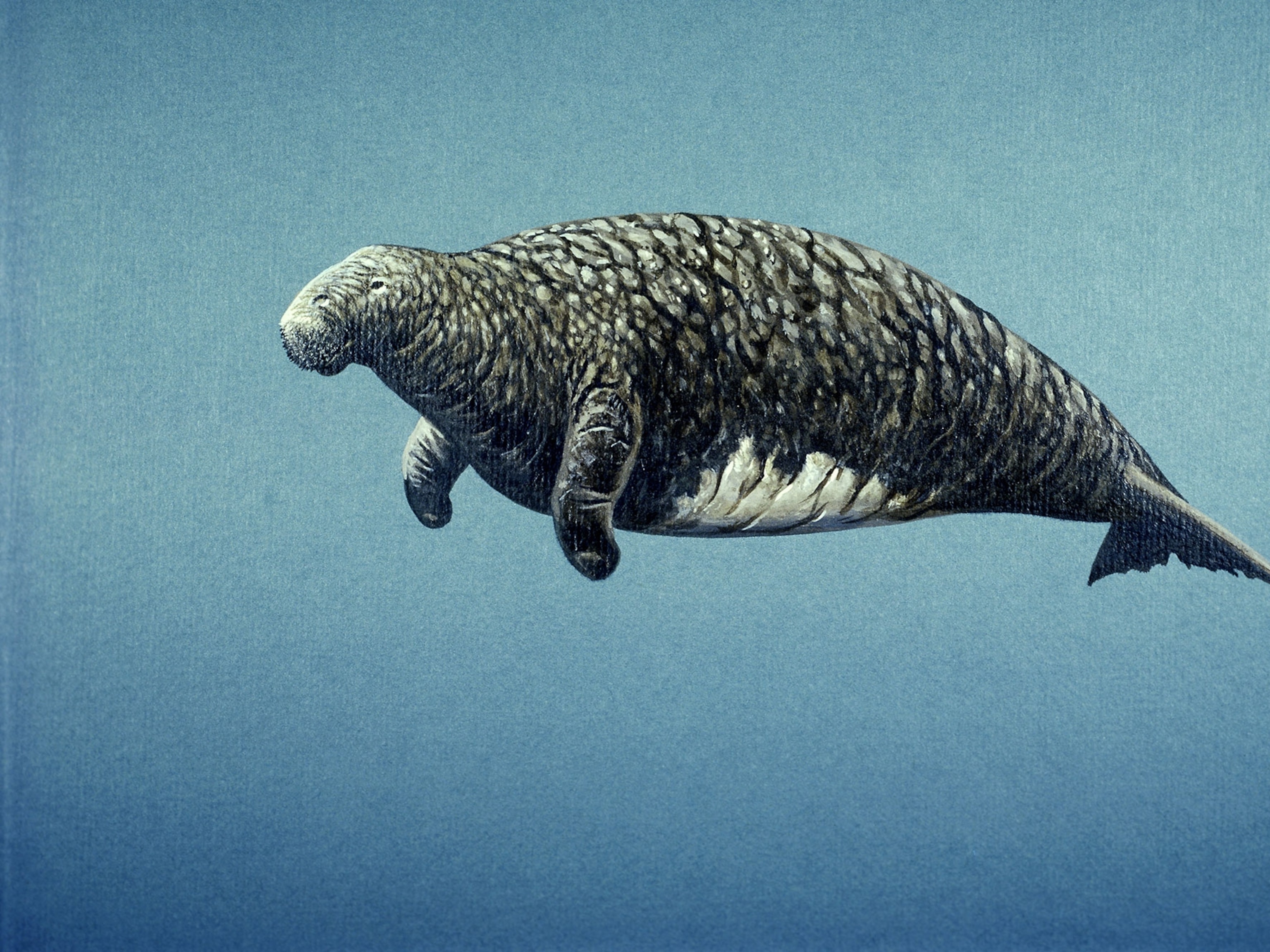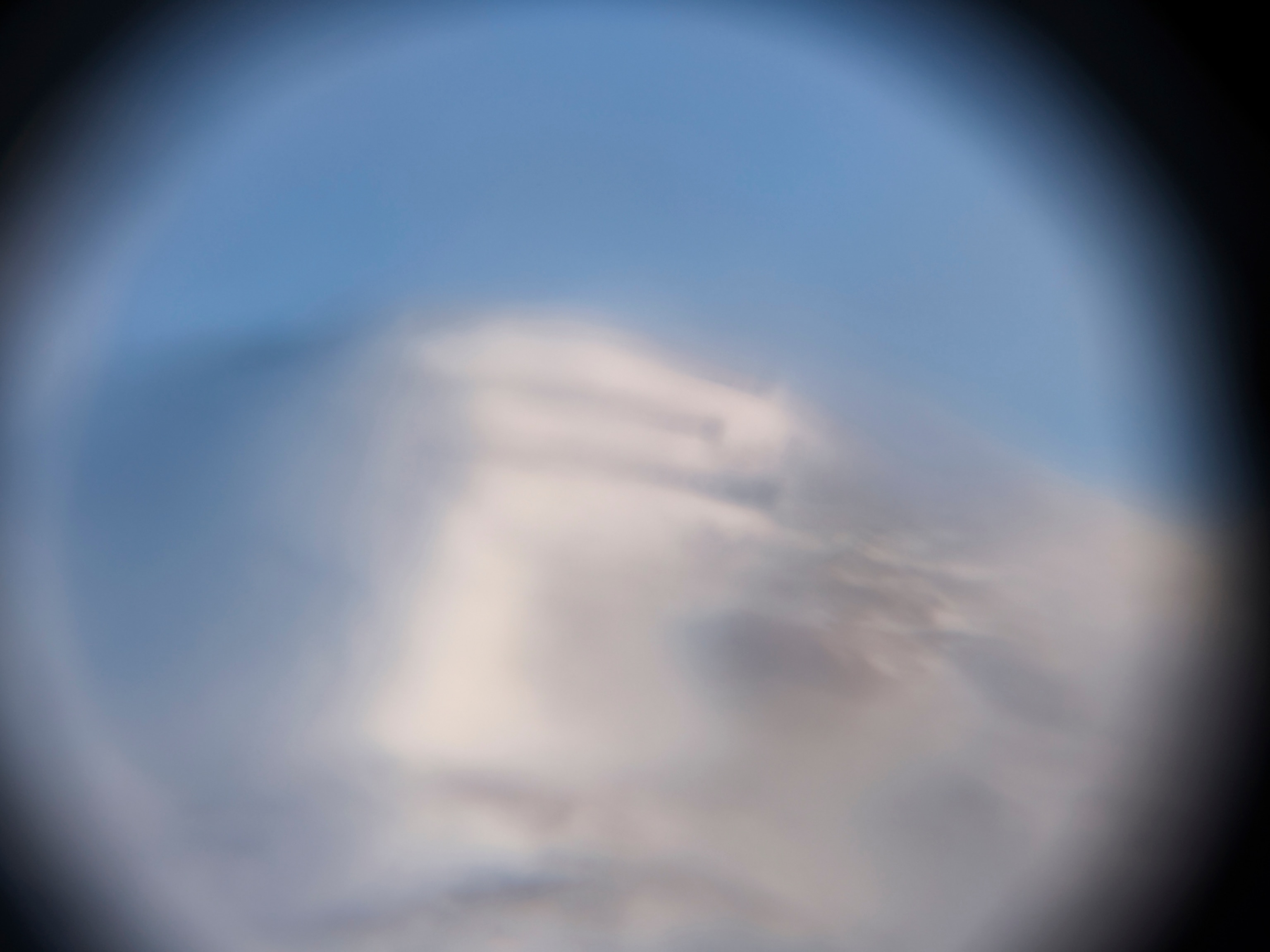Hairy-Nosed Otter ReturnsA hairy-nosed otter—one of the world's most endangered otter species—shows its face in Deramakot Forest Reserve, in the Malaysian state of Sabah, for the first time in more than a hundred years. The otter tops a recently released list of rare and elusive mammals seen in the commercial forest reserve between 2008 and 2009. A German and Malaysian research team conducted the survey by setting up camera traps in the forest, on the northern end of the island of Borneo (map), which is divided among Brunei, Indonesia, and Malaysia.This animal, spotted in 2008, is the first hairy-nosed otter seen in all of Borneo for the past ten years. Until this camera-trap picture was taken, experts weren't even sure whether the mammal still survived on the island, said study leader Andreas Wilting of the Leibniz Institute for Zoo and Wildlife Research in Germany.
The last record of this species in Borneo was of a single roadkill victim in 1997.—James OwenPictures taken by the research project Conservation of Carnivores in Sabah, a project initiated by the Leibniz Institute for Zoo and Wildlife Research, Sabah Wildlife Department, and Sabah Forestry Department Photograph courtesy Mohamed and Wilting, Sabah Wildlife Department, Sabah Forestry Department


